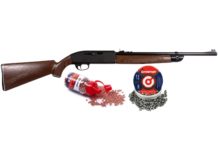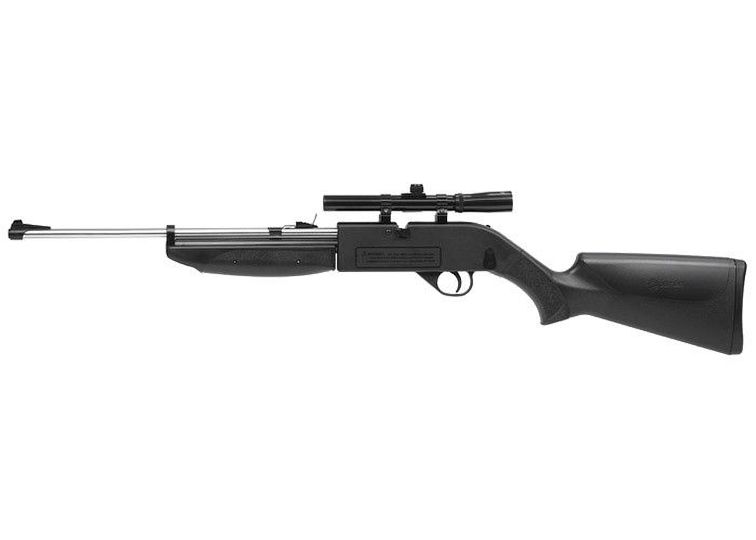Bigger isn’t always better when it comes to duck decoy spreads
Decoys and decoy spreads can be a touchy subject with waterfowl hunters, given the wide range of advice and recommended strategies including something as simple as a Texas rig. Watching YouTube videos or even a simple search on the topic generates countless answers. To me, practicality is the name of the game, which is why I believe in using small decoy spreads.
Large spreads of decoys are expensive and require transport that usually comes in the form of a boat, which is also not cheap. For a budget hunter, hiking or kayaking in to your spot does not allow for large decoy spreads. I have found that small spreads of twelve to eighteen decoys can do the trick, as long as they are used strategically. To be effective, you have to be smart and consider certain factors to make the decoys work for you.
When making your strategy, it’s important to understand why large decoy spreads work. The whole idea of large spreads is to create a sense of safety. Ducks see the large group as a place where they can hang out undisturbed. Another advantage of a large spread is being able to guide incoming ducks to land in a specific spot. A pre-planned landing strip is key to making effective shots. Finally, large decoy spreads are simply easier to spot from the air. To make them even more convincing, people often use motorized decoys (where legal) or other movement decoys that create the sense of other ducks landing and moving through the decoys.
A duck call, if used correctly, should get ducks to look at your decoys. Once they notice your spread, the decoys should do the rest of the work. While factors differ between early and late season or the weather conditions on any given day, some things are universal. When I was learning how to set up my decoys, I spent a considerable amount of time watching ducks on ponds and areas that I planned to hunt. This was more than just bird watching; I was studying them to see how they moved in groups and how they were hanging out. The whole point of setting up decoys is to copy the natural behavior of waterfowl. That same concept matters when shopping for decoys, too. A mixture of feeders and sleepers can add confidence to your decoy spread.
Consider these factors the next time you plan your spread to make the most of your decoys.
Hunting early season ducks with small decoy spreads
Early season ducks are easy ducks, or so they say, but the decoy world is a world of competition. Remember those large decoy spreads? Other hunters are feeling the excitement in the early season and pulling out all the stops, including all of their decoys. One of the things to remember in the early season is that ducks are still in smaller family groups as they are starting their migration. They do not need to group up in larger flocks because the weather is still fairly warm for the season. To be effective with decoys, we need to think of why the ducks are moving.
Early season ducks are going from roost to feed and back again, assuming that the feed isn’t already in their roosting area. Convincing ducks has everything to do with food. Find a spot that is fairly open will allow space to spread out the decoys and make smaller, looser groups. Put some feeders towards the middle and some sleepers in groups closer to cover to make it look like a good spot to hang out for the day with plenty of food and cover for rest.
Last season I ran into a situation where this strategy worked out perfectly. There were hunters all around, causing my buddy and I to move locations during the day. We found a cove that had an inlet coming from some bigger water where larger spreads were being used. We set some feeders in the cove, some sleepers towards the edge, and even put some decoys coming from the bigger water into the cove to give the impression that they were moving into that area as a safe spot. Putting the decoys out in the open water caught the attention of ducks heading to the larger spread. Without any calling from us, the ducks started turning, circling, and finishing in our decoys, ultimately choosing a spread of eighteen decoys over the larger spreads.
Hunting late season ducks with small decoy spreads
As the hunting season goes on, smaller decoy spreads can still have a major advantage. Most ducks move with cold fronts; if there is access to food, they will stick around in an area before heading south. This leads to educated ducks. The traditional idea of setting out lots of decoys in the late season can actually work against you, especially in heavily hunted areas. Being unique can make a difference when it comes to fooling these educated ducks. Another advantage of having a small spread in the late season is the ability to be mobile. A smaller set of decoys will allow you to hike into areas that are mostly locked up with ice or otherwise inaccessible by boat.
When setting up a small spread in the late season, it’s important to stack the odds on your side. It’s even more important to set up where ducks want to be. Looking for coves or holes is key. When setting up decoys, think of staying warm. Setting up some sleepers close to some swimmer decoys can give the impression of a spot where ducks can help each other stay warm. Feeders tend to work better in the outskirts of those small groups.
It’s important to make your decoys visible, even though this can be the hardest part. Small groups of ducks won’t be out in the middle of the water trying to stay warm, especially on windy days. One of the tricks I’ve learned is to set swimmers so that they are facing the group, perhaps even using a couple to make it look like they are swimming towards the group. This adds visibility to the decoys and, when calling ducks, it brings the attention to your decoys. I usually expect ducks to circle an extra time before committing to these late-season decoy spreads.
Other considerations for your decoy spread
When it comes to late season, remember that snow and ice do not build up on real ducks. Ducks have warm bodies, so it’s important to ensure that you don’t splash water on your decoys when setting them up in freezing conditions. The ice reflect light and shake ducks off of your decoys. Depending on the conditions, it’ll be important to walk out and break ice off of your decoys at regular intervals. Just bring your shotgun with you, because you never know when ducks are coming in. Ice can also build up on the keel of your decoys, so keep an eye on how they are swimming in the water. If the swim doesn’t look natural, ducks will flare out, too.
I learned a good lesson from a friend that got a limit of ducks over just eight decoys. He had set up on a stream in between a couple of mostly frozen ponds that were being used as roosts and a feeding area. This was in the middle of winter, so snow was covering the reeds and bending them down. The set up was simple: he hooked his decoys to each other so it appeared that they were swimming in line together. With the current of the stream, it looked like a group of ducks swimming upstream. The first decoy was the only one anchored to the bottom of the stream bed. It looked very natural and ducks were all about it. Right next to him was an eddy where he had broken ice to create a welcome spot for ducks to spend the day with little competition from the other ducks in the ponds. I was mesmerized by that setup and can’t wait to try it this season.
The biggest lesson I’ve learned is that sometimes moving locations or rearranging my decoys is all it takes to turn a lousy day into a productive one. I learned that lesson on my first swan hunt. There were swans flying everywhere but none were finishing. My decoys were too close to the reeds and weren’t being seen until the swans were right on top of me. I finally realized this about mid-day on the hunt, so I moved my decoys out into the middle of the hole that I was hunting. I walked back to my marsh chair and was startled by the honk from a pair of cupped-up swans flying over my head to land in the decoys. Lesson learned.
At the end of the day, it doesn’t matter how many decoys you take on your hunt. The key is to mimic a safe and welcoming spot for incoming ducks. There are no magic numbers or setups that work in every situation. Observe the ducks, try something new, and be ready to adapt as you go to ensure that your small spread of decoys is truly working for you.
How to Make Custom Texas Rig Decoy Anchors















































